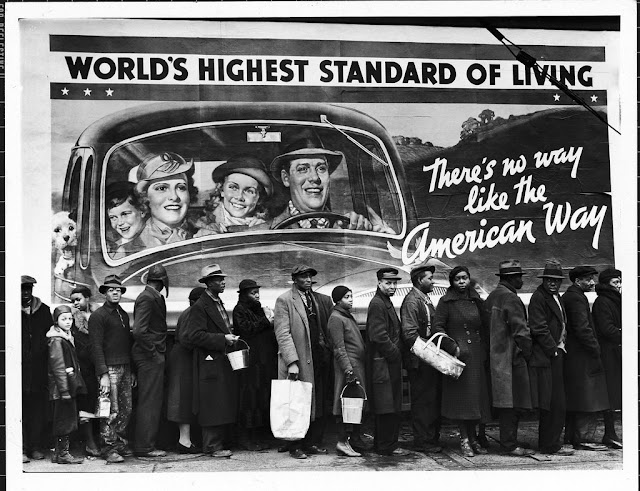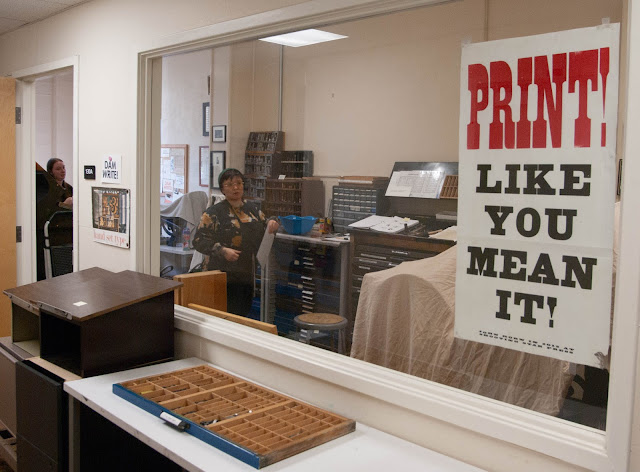Photographer of the week
“Photography is a very subtle thing. You must let the camera take you by the hand, as it were, and lead you into your subject.” Margaret Bourke-White
Margaret Bourke-White was born the second of three children on June 14, 1904 in the Bronx, New York to Joseph and Minnie Bourke-White. Her father was an engineer and developed technology for printing presses and her mother was educated at Pratt for stenography. Though White’s father had a fondness for photography and often tinkered with different lenses and gadgets, White would not begin her photography journey until after his death. In 1921 White signed up for art classes at Columbia University and her mother bought her her first camera, a 3 ¼ x 4 ¼ Ica Reflex with a cracked lens. She would eventually attend 7 different universities studying art, swimming and aesthetic dancing, herpetology, paleontology and zoology. It wasn't until she made it to her final university at Cornell that she would accidentally fall into photography. She was having trouble finding work so she started selling photographs of the campus.
White’s claim to fame as a photographer was that she was a woman of firsts. In 1929 she wrote the lead story for the very first issue of Forbes magazine and followed that up the next year by being the first Western Journalist to be allowed entry into the Soviet Union. Fast forward a few years and she’d become one of the original photographers for Life Magazine. The magazine's first cover was White’s photo of Fort Peck Dam in Montana, and the photos featured in that issue would come to be regarded as the first true photo essay.
She would eventually find her way to becoming a war correspondent during the second world war. On one assignment she was to photograph a B-17 air raid and among her photos was one of her dressed in full military garb sitting on the wing of a B-17. This photo would become one of the Army’s favorite pin-up posters. “It was the most over-dressed pin-up in the history of the war” (Vicki Goldberg).
White took photographs of many influential people; Winston Churchill, Roosevelt, Pope Pius XII. One of White’s most famous images was of Mahatma Gandhi on his spinning wheel. She would also showcase the horrors of war and how it directly affected people. She highlighted our emerging industrial age and pioneered quality photojournalism.
She once wrote, “in this experience of mine, there was one continuing marvel: the precision timing running through it all…by some special graciousness of fate I am deposited—as all good photographers like to be—in the right place at the right time”.


Comments
Post a Comment